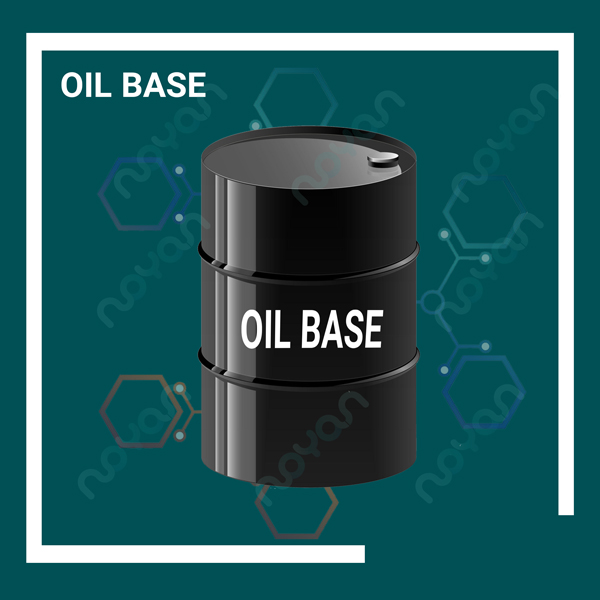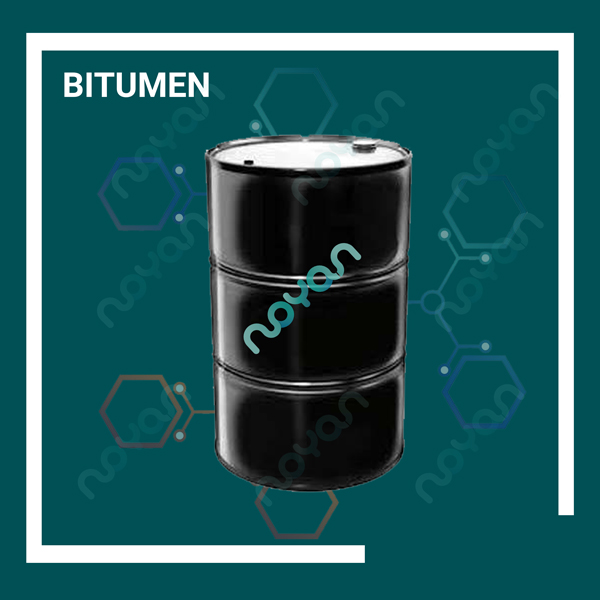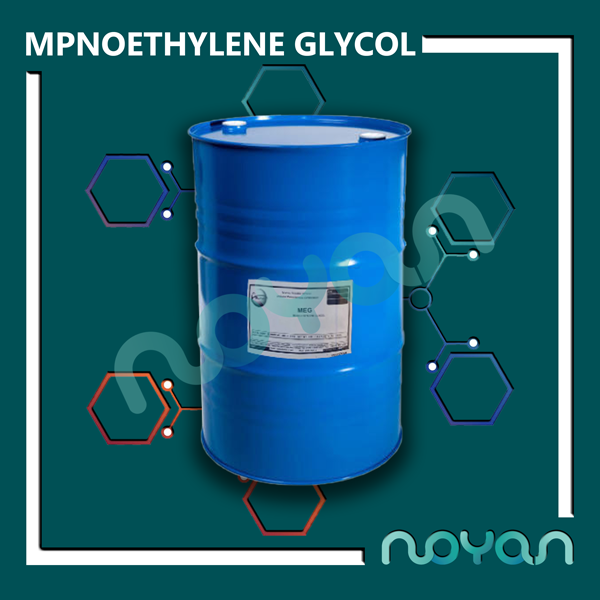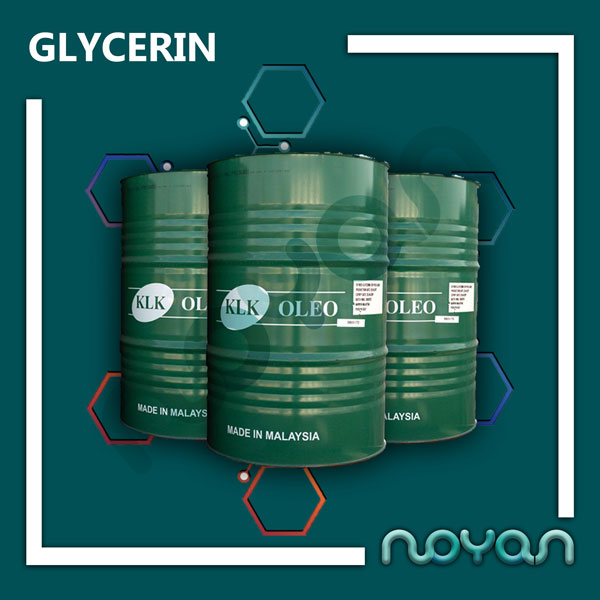Base Oil
Oleochemicals (Latin: oleum “olive oil”) are chemicals derived from plants and animal fats. They are similar to petrochemicals derived from oil.
The primary formation of natural base oils is from substances such as fatty acids, fatty acid methyl esters (fame) and fatty alcohols, amines and glycerol, which are produced by various chemicals and enzymatic reactions. The chemicals produced from this oil include ethoxyl alcohol, alcohol sulfate, alcohol ether sulfate, quaternary ammonium salts, monoglycerol (MAG), diglycerol (DAG) which form triglyceride (TAG) and sugar and esters and other oil products. is .
When crude oil prices rose in the late 1970s, [producers shifted from petrochemicals to natural base oils. Because this product was based on processed oils from lauric acid and was cheaper than palm oil. After that, palm oil was mainly used in the production of detergents and hygiene products such as toothpaste and soap, creams and shampoos.
Application:
Types of gasoline and diesel engine oils
Types of oils for gas and dual fuel engines
Industrial lubricants
Greases and special products
Base oil is an oil that is considered as a base for lubricant. After adding additives to the base oil, the final lubricant is obtained. Oils are the most important component of lubricants in terms of volume and in terms of weight, on average, they constitute more than 95% of the formulation of a lubricant. In some (compressor and hydraulic oils) 99% of the base oil and only 1% of it are additives. On the other hand, some lubricants, such as metalworking fluids, greases, or industrial gear oils, contain about 30% additives.
Base oil can be obtained from oil or non-oil sources. Most of the base oil consumed in the world today is obtained from refining crude oil. Since most of the base oils used in the production of lubricants are obtained from petroleum sources, the base oil industry is considered as part of the oil industry.
The properties of base oils obtained from oil depend on the type of crude oil and how the refining operation. Petroleum base oils inherit their chemical components from the crude oil obtained from them during the refining process. Because crude oil contains various compounds such as paraffinic, naphthenic, aromatic hydrocarbons as well as round compounds, base oils also consist of these compounds that form petroleum base oils that also affect the properties of the oil, paraffinic compounds. , Are naphthenic and aromatic.
Crude oil its components:
Hydrocarbons
Hydrocarbons are organic compounds that are composed only of carbon and hydrogen and make up the bulk of crude oil.
Hydrocarbons include the following types:
Alkanes (paraffins) are hydrocarbons with linear chains or saturated branched chain structures.
Alkenes (olefins) are hydrocarbons or linear chains or unsaturated branched chain structures. Which is relatively rare in crude oil
To be. In a special purification process, a wide range of alkenes are produced by cracking and dehydrogenation.
Organic cycles (naphthenes): These hydrocarbons have a saturated ring structure with 8 and 6 rings. When the number of rings is the same
It is called a single loop and if it has 2 or more loops, it is called a multi-loop.
Aromatics: Ring structure with double bonds conjugated in 6 carbon benzene rings. Aromatic components are divided into 6 groups
Are: monoaromatic, penta aromatic, diaromatic, triaromatic, tetraromatic, pentaromatic, complex aromatic,
All aromatics, including single and multi-ring, can be carcinogenic and environmentally hazardous.
Non-hydrocarbon compounds
Many of the materials in crude oil contain elements other than hydrogen and carbon. These atoms inside the rings are found in groups degraded to hydrocarbons. Pigmented organic compounds Most oxygen and nitrogen molecules are found in the structure of crude oil. Organo-metallic compounds are also present in small amounts in the chemical composition of crude oil. Organic compounds of nitrogen and nitrogen are mainly in the form of heterocyclic molecules; In contrast, most oxygenated molecules are carboxylic acids. Saturated aliphatic acids, thiophene aromatics and, to a lesser extent, techniques and eruptions may also be present in the structure. Of course, very large and heavy molecules and asphaltenes, which are a mixture of aromatic and heterosilicate structures, are also present in crude oil.
Types of mineral base oils:
Paraffin oil
Today, most lubricants used in machines are made from paraffin oils. Paraffin oils are saturated hydrocarbons that are made up of hydrogen and saturated carbons that are made up of a combination of hydrogen and carbon. These oils are made up of normal hydrocarbons and ISO hydrocarbons. There may also be some petroleum oils in the structure of these oils. The paraffin molecule can form wax crystals at low temperatures. In the case of paraffin oil, the surface of the engine is covered with a wax film and deposits are formed.
Its oils are naphthenic
Saturated cyclic hydrocarbon naphthenic oils are one or more rings. Each ring can have 5 to 6 carbons. These oils have the following properties in comparison with paraffinic oils:
Not very good resistance to oxygen
Lower pour point due to lack of wax
Lower viscosity index





